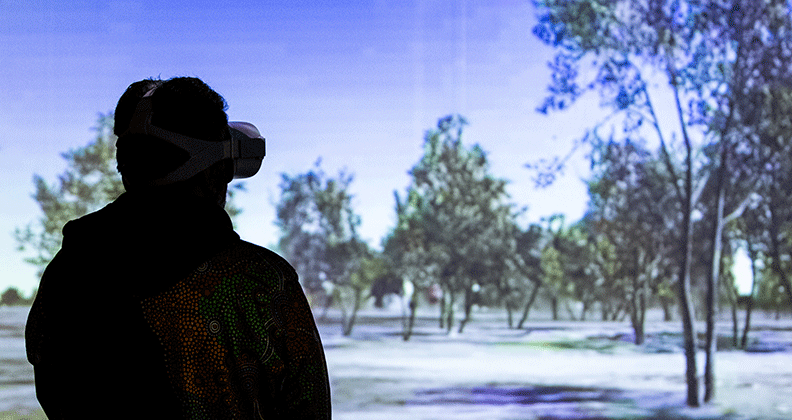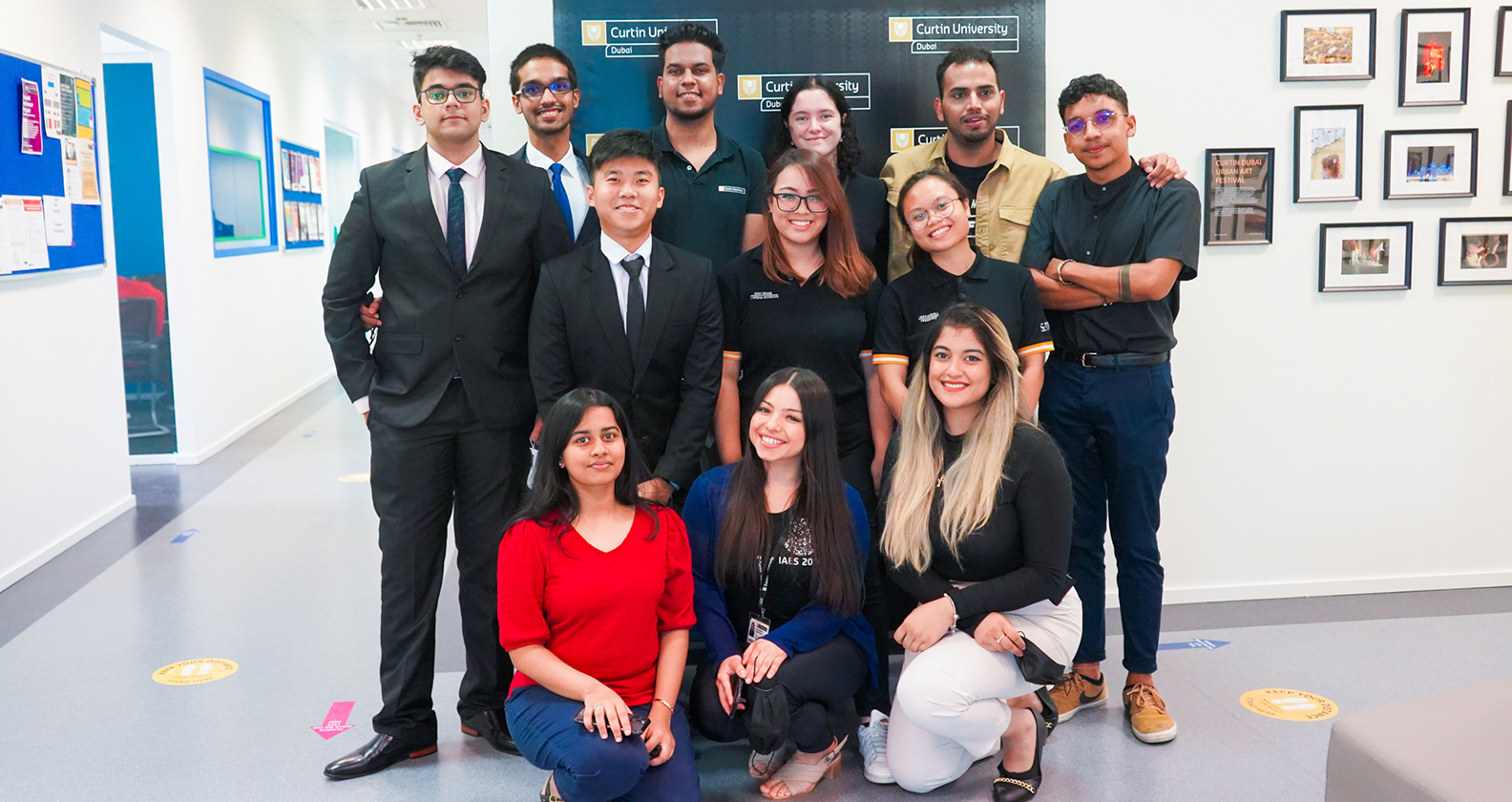Australian TV well behind in accessibility for vision impaired

More than 453,000 Australians are known to live with blindness or vision impairment. Despite this substantial number, Australia remains the only English-speaking OECD country in the world that doesn’t require its broadcasters or streaming services to provide audio description.
Most English-speaking countries introduced such mandatory legislation at least 10 years ago. In addition, according to Article 30 of the United Nations Convention on the Rights of Persons with Disabilities – Australia is required to ensure people with disabilities can “enjoy access to television programmes, films … and other cultural activities, in accessible formats”.
Why is Australia so far behind?
“We really missed opportunities when we transitioned from analogue to digital television,” says Associate Professor Mike Kent, the Acting Head of Curtin’s School of Media, Creative Arts and Social Enquiry.
Associate Professor Katie Ellis explains. “The UK, for example, mandated standards for audio description as part of their digital transition, even though they didn’t have audio description in place yet. There was a policy that after a channel had been transmitting digitally for five years, they would need to offer 10 per cent of their programs with audio description. We didn’t do that in Australia.”
Comparable to captions, which cater to people who are deaf; audio description caters to people who are blind or vision impaired. The audio description functions as an additional audio track: narrating what is occurring on screen during natural pauses in dialogue.
The final effect, as shown below, is very similar to an audiobook.
Recommendations to the senate
Kent and Ellis are part of the Audio Description Working Group, which comprises representatives from free-to-air and paid channels, audio description services and the blind community that have been tasked by the federal government to examine options to increase the availability of audio description services in Australia.
Kent and Ellis, who is also the Convener of the Curtin Critical Disability Studies Network, are the only two academics in the working group.
In their final report to the senate in December 2017, which drew on discussions with industry leaders and advocacy organisations for blind people, and findings from audio description trials conducted by the ABC in 2012 and 2015–2016, the group identified three potential options to deliver audio description.
These were: across free-to-air broadcast television channels; in online catch-up TV services; and as a synchronised audio track that could be delivered by a third party. The best example of a synchronised third party track is Big Access Media, an app similar to Shazam that can identify which TV show is playing and play the appropriate audio description track.
“Free-to-air television was the option favoured by the blindness community,” says Ellis.
“There are a few reasons. The majority of people who are blind or vision impaired are above 65 and TV is still the most popular medium for older Australians. Secondly, people with vision impairment are amongst the poorest people in Australia, so the other options might be unaffordable. And thirdly, it’s what the blindness community has been advocating for 20 years.
“The synchronised audio track was the next option favoured, but there’s a drawback because the Australian TV landscape has funny regulations about licensing. The show could be available on a channel for a particular amount of time, and then it could change to Foxtel, for example. Then, what does the third party do? It can get a bit complicated.”
Audio description tracks already exist
Many TV shows and films played across Australian TV already have audio description tracks.
In addition to numerous US and UK-made productions that have audio description, Screen Australia has made it a condition as of 2011 that all Australian-made films it funds have to produce an audio description track.
“We analysed all the shows played across ABC channels in a week in October last year. About a quarter of the shows already have audio description available,” says Ellis.
“So, the people making the program have done the tracks, but they’re not being put on TV.”
Hope from international success
Despite the federal government not yet having declared an official response, Kent and Ellis are hopeful there will be change.
In addition to successful overseas examples in Canada, New Zealand, the UK, the US and Europe, international streaming giants are starting to recognise the importance of providing audio description services for its customers with blindness or vision impairment.
Netflix is leading the charge, with a large selection of its library of critically acclaimed original shows and licensed TV shows and movies now having audio description. The audio description of its original shows began in April 2015, shortly after the release of Daredevil – a TV show about a superhero who is blind.
“I think we are both optimistic that as a result of this report and these other examples we may actually see some sort of technology to provide audio description on Australian TV. That’s a very exciting outcome, because realistically we should have had this 10 years ago,” says Kent.
“Hopefully that’s just the start. When other countries have mandated audio description for a certain period of time, they always end up exceeding their required targets. That’s because once all the problems are smoothed out it’s just easy to provide more of it.”
One of the “leading universities in disability media”
The report is just the latest contribution by Kent and Ellis, who together have produced a strong body of research into disability representation and access in digital media.
In 2016, they released the book, Disability and Social Media: Global Perspectives. In 2015, they led a project with the Australian Communications Consumer Action Network, where they reviewed national and international policy and surveyed 145 people with disabilities to identify what these consumers wanted from Video on Demand and how they used it.
Ellis has also worked with the UN-affiliated organisation, the Global Alliance for Disability in Media and Entertainment, to develop guidelines to improve disability media representation.
As they await government action, Kent and Ellis are now exploring collaborations with other Curtin researchers, including Dr Leanne McRae, Dr Gwyneth Peaty, Kathryn Locke and Natalie Latter, to strengthen their research even further.
They are also exploring the other benefits of audio description, such as how it could help people with autism, by explaining the emotional actions of characters they see on screen.
“Curtin really is one of the leading universities in disability media in Australia and probably globally as well,” says Kent.
“It’s all well and good to shine a spotlight on what’s wrong, but, ideally, we want our research to change the world.”



